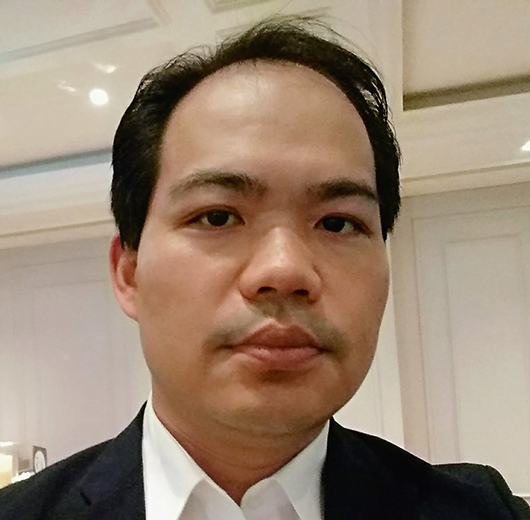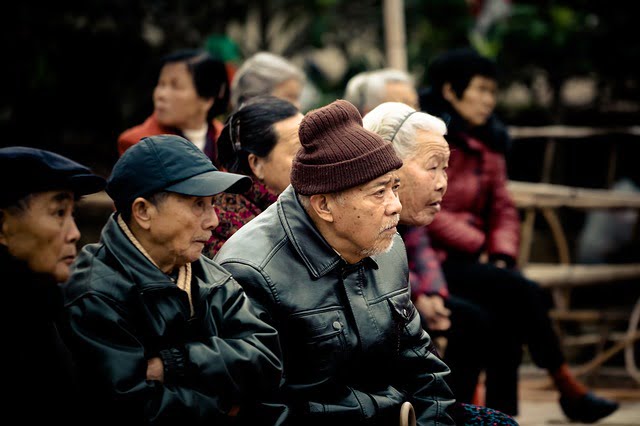Tang Chieh-Lang, Deputy executive manager of Shin Kong Bank Cultural & Educational Foundation / SKS Community Care Welfare Foundation, gives us his vision for the future of the Silver economy in Taïwan.
Taïwan is about to become a super-aged society

The population in Taiwan is more than 2,350,000 people, a land area of 36,193 square kilometers (2018). And Taiwan’s GDP Per Capita reached 24,318.00 USD in Dec 2017. It seems that Taiwan is a vibrant developed country, but from the perspective of aging society with fewer children. Taiwan’s total fertility rate is 1.13 children born/woman (2017). It makes the aging society in higher speed happen, which will deeply affect the future development.
According to the statistics of 2018/4/10, Taiwan’s ratio of people over the age of 65 to the total population has exceeded 14.05%. Moreover, from aging society to aged society, Taiwan took only eight years to take place, compared with 51 years in the United Kingdom、29 years in France and 11 years in Japan. Obviously, Taiwan has less time and opportunity to prepare the super aged society coming.
Therefore, since 2007, the Taiwan government has started the construction of a long-term care system. However, in the past ten years, there has been no significant progress both in quantity and quantity. Therefore, when the new government came to power in 2016,they announced「long-term care 2.0」as a request to expand the volume of health care services.
However, in face a gradually expanding budget. Both the government and the private sector have concern about how to steadily raise long-term care funds. Wondering the long-term care fund should come from the annual budget or social insurance. In Taiwan, this is not a mathematical judgment. This is a political issue!
Compared with the government’s focus on the establishment of the long-term service system, the development of the private silver industry is more diverse. At present, the policy encouragement from the government and the resources are still insufficient. These reasons may be:
- Taiwan government still views the silver economy as the perspective of welfare services.
- People are still accustomed to requesting relevant services from the government. The consumer market is still waiting to be developed.
Therefore, most of the silver economy developed in Taiwan still belongs to health foods, assistive device and care consumables. Meanwhile, care services and senior living are still to be developed.

At the same time, due to the rapid aging of the population and the continuous decline in the proportion of the working population, the working manpower of the silver economy (especially the provision of care services) has always had problems of lack of worker. Of course, low wages, overwork and low social status are also major problems. For a long time, Taiwanese society has invested in this gap through foreign worker (especially in family care). According to the statistics of November 2017, the number of foreign workers in Taiwan has reached 667,651, of which industrial labor 425,010 people and social welfare foreign workers totaled 249,961 people, directly or indirectly making up and helping to maintain Taiwan’s social stability.
The Silver economy in Taïwan : a fast growing sector
It is worth observing that in recent years, the private silver economy has become increasingly active, especially driven by several large-scale senior living and continuing-care retirement community cases. After all, improving the quality of life has always been an industry concern.
Old adults are the only increasing natural resource that can power the business and enhance the communities of the future
I do believe that only by continuously changing the concept of the government and the people, the senior people will be transformed from social burdens into social resources. From the provision of social welfare to return to the market mechanism that provides multiple choices, the relevant silver-haired industry can become a young and aging society. This is the key to continue growth.
Published by the Editorial Staff on
